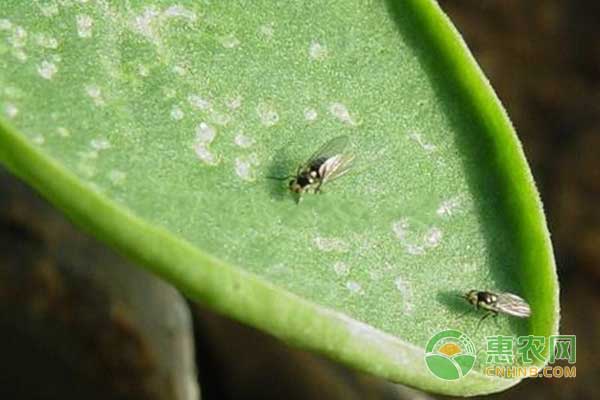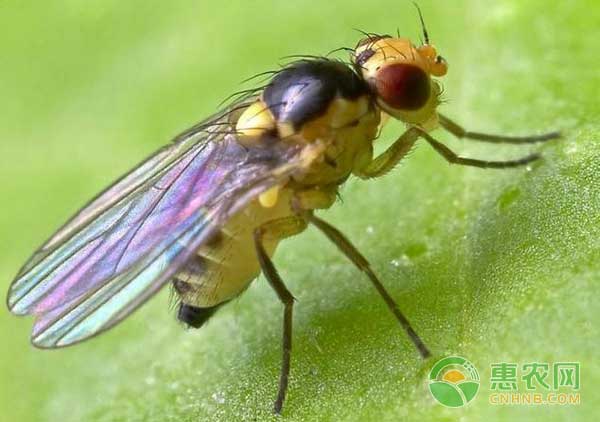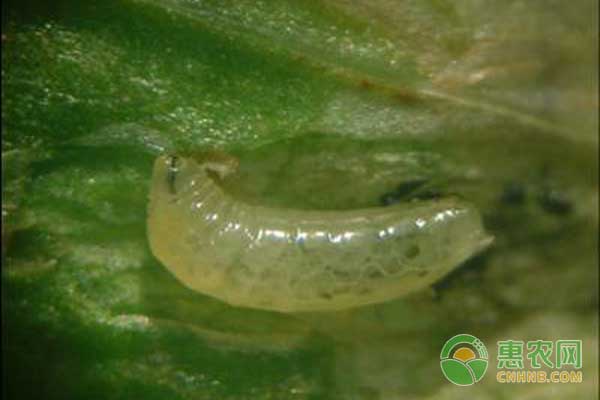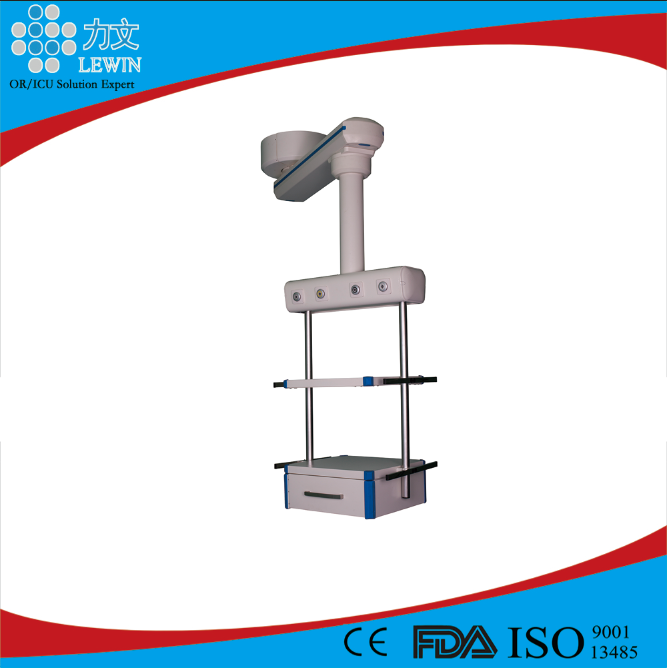The planting area of ​​cucumbers in Bengbu City, Shandong Province is large. In recent years, due to the high multiple cropping index of cucumbers, the obstacles of continuous cropping, and the microclimate in the facilities, the occurrence of pests and diseases has been frequent, especially the Liriomyza sativae, which seriously affects the yield of cucumbers in Bengbu City. quality. In order to effectively control the damage of Liriomyza sativae to the facility cucumber, the following summarizes the occurrence of the Liriomyza sativae in the cultivation of cucumber and the latest prevention and control techniques, in order to promote the healthy development of the facility vegetable industry.

1 symptom performance
It is a dangerous quarantine pest of the genus Diptera of the genus Diptera. Adult and larvae can damage cucumber plants. The female adult flies, stabbing the cucumber leaves for feeding and spawning, forming irregular white spots, and the stinged wound is easily invaded by pathogenic microorganisms, causing other diseases to occur. The larva sneaked into the cucumber leaves to feed on the mesophyll, which produced white irregular worms, destroyed chlorophyll, and affected photosynthesis. The damaged leaves were shed or even destroyed.
2 Law of occurrence
Bengbu City is located at 32°43′~33°30′ north latitude and 116°45′~118°04′ east longitude. It belongs to the transition zone between the north subtropical humid monsoon climate zone and the southern temperate semi-humid monsoon climate zone. The average temperature in winter is 3.7°C, but the facilities The wintering cultivation of cucumber provides a favorable place and rich food for the wintering and breeding of Liriomyza sativae in the alfalfa area. The Liriomyza sativae is completed in the first 18 years of the cucumber on the facility cucumber, and can occur 12 to 16 generations throughout the year. Overlapping, in which the period from May to June and September to October is the peak period of Liriomyza sativae in the area.

3 Prevention methods
3.1 Agricultural control
1 Improve the quarantine of pests and diseases, actively carry out quarantine of vegetable producing areas, and emphasize the quarantine of the quarantine. It is forbidden to transfer leafy vegetables from the infected areas. When the seedlings or vegetable products are transported through the infected areas, they must be treated with pest control before entering the city. Circulation.
2 Reasonable rotation intercropping Liriomyza huidobrensis is different for different vegetable crops. When planting cucumbers for facilities, reasonable arrangements should be made for gargles, and vegetables such as onions, garlic and bitter gourd that are not eaten by Liriomyza sativae are selected for rotation and intercropping. Interplanting to alleviate the damage of Liriomyza sativae.
3 Select the dominant species Liriomyza sativae to different feeding habits of different cucumber varieties. Studies have shown that the feeding choice of Liriomyza sativae for cucumber varieties is significantly correlated with the number, length and hardness of leaf surface hair. In the cultivation of cucumbers in the area, consideration should be given to selecting varieties such as Jinyou 28 with many long, hard and firm leaves.
4 strengthen cultivation management
a. Soil treatment. After harvesting the upper sorghum vegetables, the soil was deepened by more than 20 cm, and the surface insect source was buried deep underground to reduce the emergence rate of the cockroach and the survival rate of the larvae.
b. Reasonable close planting. Properly planting, improve ventilation and light transmission, and reduce the density of insects.
c. Clean the countryside. The weeds, diseased leaves, worm leaves, old leaves and plants with serious pests in the facility shall be promptly removed to keep the facilities clean and hygienic, and the crop residues damaged by the larvae will be deeply buried, fattened or burned.
d. Rational fertilization and irrigation. Before the cucumber is planted, the fully decomposed organic fertilizer is applied as the base fertilizer to avoid bringing the eggs, cockroaches and larvae into the shed. In the peak period of the larvae, the water holding capacity is increased, which can effectively inhibit the occurrence and emergence of cockroaches. .
3.2 Physical control
1 Hanging yellow plate trapping can use the yellowing ability of Liriomyza in the cultivation of cucumber in the facility, and hang the yellow plate to trap the adult of the leaf miner. 15~20 yellow plates should be set for every 667 m2. The hanging height of the yellow plate should be kept 20 cm above the growth point of the cucumber and replaced every 5~6 days.
2 Set insect nets When planting cucumbers in spring and autumn, insect nets (60~100 mesh) should be installed at the vents to prevent the source of the Liriomyza sativa from entering the facility.
3 When the high temperature boring shed is heated in the summer, the residual stalks will not be removed first, and the shed will be sealed, so that the temperature in the shed will reach 60 ° C or more during the sunny day, and the seam will not be opened for 6 consecutive days and nights, which can kill a large number of Liriomyza sativae. source.

3.3 Chemical control
1 Chemical control period The control of Liriomyza sativae Blanchard follows the principle of prevention and treatment of young age, and selects the prevention time according to the activity law of Liriomyza sativae on cucumber. In the germination period of 1-2 years old larvae (when the field of cucumber affected leaves appears 2 cm below the insect tract), choose the peak of larval activity from 8:30 to 11:00 or 16:30 to 19:00 on sunny days to control the larvae. Preferably, the control of adults is generally carried out in the egg stage, that is, in the adult period, before 8:30.
2 Scientific use of medicines to ensure the control effect, reduce the pesticide residues of cucumbers in the facility, and apply uniform spraying during the pesticide safety interval, and use biological pesticides or high-efficiency, low-toxic, low-residue chemical pesticides. When the rate of insects reaches 5%~10%, it is reasonable to use a compounding agent or a single agent to avoid the resistance of Liriomyza sativae.
a. Adult control. Compounding agent: 2.0% avermectin emulsifiable concentrate 4 000 times solution, 50% gram (killing amine) wettable powder 3 500 times solution, 5% nisolron (thiazolone) emulsifiable concentrate 2 000 times liquid mixing 3 000 times liquid. Smoked medicinal agent: 10% isoprocarb smoke 250~300 g/667 m2, after use, the chamber is ventilated for 4 hours. For single-agent use: biological pesticide 0.2% avidin (avermectin) emulsifiable concentrate 1500 times solution or 25% chlorfenapyr third suspension agent 1000 times solution, alternately used, spray once every 7 days, even spray 3 times; 10% cypermethrin or 4.5% beta-cypermethrin EC 2 000 times solution and 20% imidacloprid soluble solution 4 000 ~ 5000 times liquid, alternately used, spray every 7 to 9 days, even spray 2 to 3 times.
b. Larval control. 667 m2 using 11% Avi·Nymphalin suspension 70 mL, 5% KV salt microemulsion 10 mL or 5% acetamiprid EC 20-30 mL, spraying 40-50 kg water.
3.4 Biological control
Under the general trend of reducing the use of pesticides, biological control in the production of cucumber in facilities is particularly important, and it is also an important direction for the control of Liriomyza sativae in the future. In China, there are many parasitic wasps that have a strong control effect on Liriomyza sativae. In the absence of pesticides, the three species of parasitic wasps of the genus Hymenoptera, the genus Diptera, and the larvae The parasitic rate of larvae is more than 50%, which can effectively control the amount of Liriomyza sativae in the production of cucumber.
The above are the prevention and control measures of Liriomyza sinensis in Bengbu City, and the contents are for reference only. If you want to know more about agricultural technology, please pay attention to the Hui Nong School!
Single Arm Manual Medical Pendant
Customrized Lewin brand medical pendants;
The surgical pendant has been fully validated, quality can be tested by using;
Lewin Medical Pendant provides ideal and high performance work environment for medical staff;
At the same time, Our hospital use pendant aim is to make patient comfort;
The medical pendant can be customrized to meet the different needs and for future upgrades;
Can choose column, single arm, double arms;
can choose column or head type;
Flexible choice to increase gas outlet, power socket, quantity of data port and type;

Manual Cavascope Pendant,Manual Surgical Pendant,Manual Ceiling Pendant,Surgical Steel Pendant
Shandong Lewin Medical Equipment Co., Ltd. , https://www.lewinmed.com